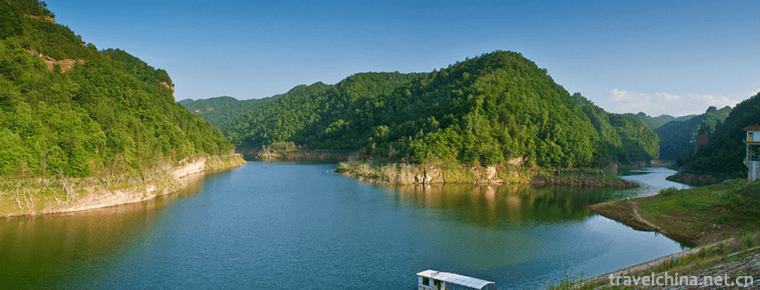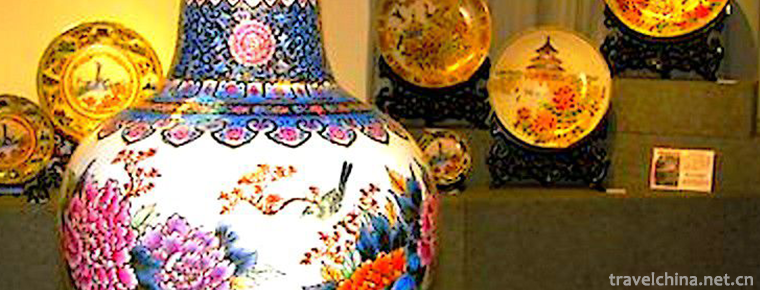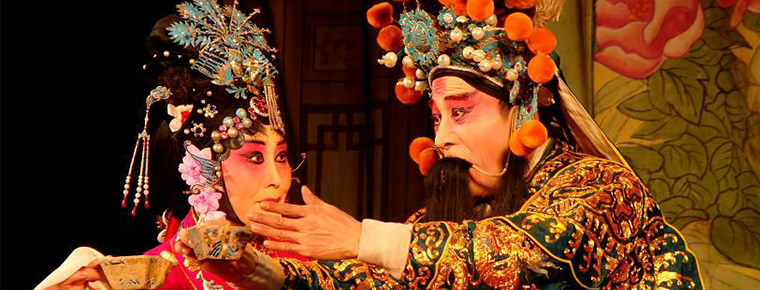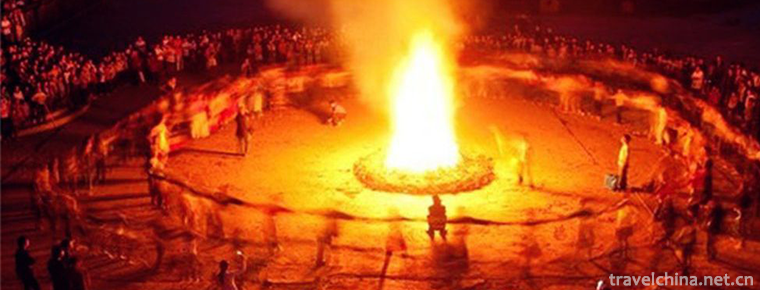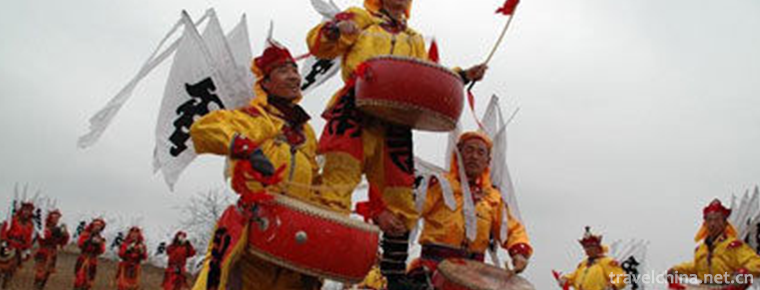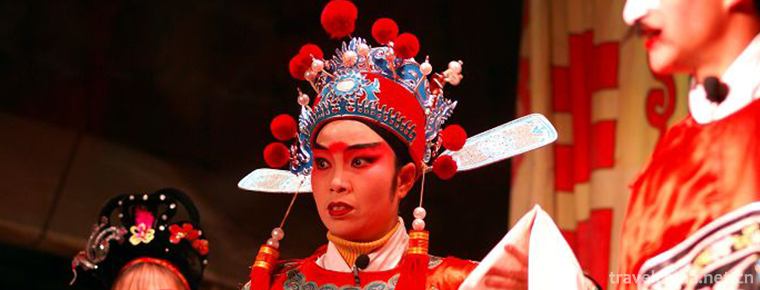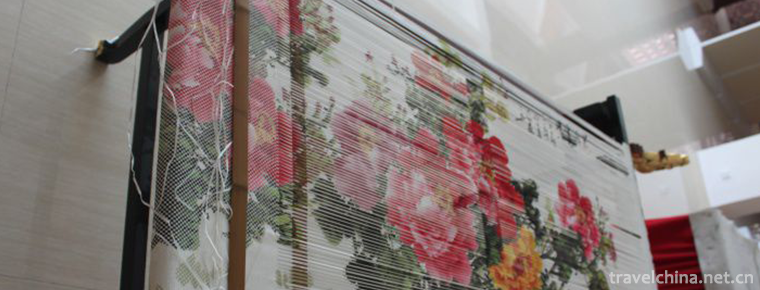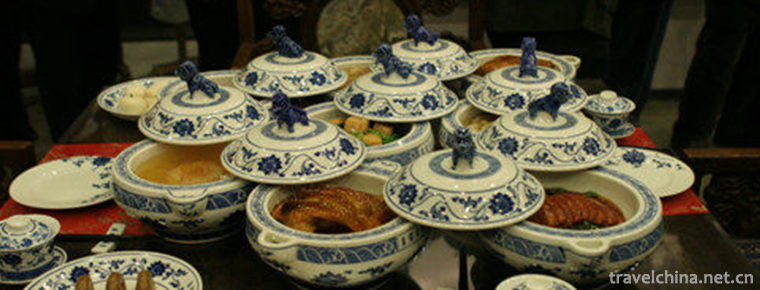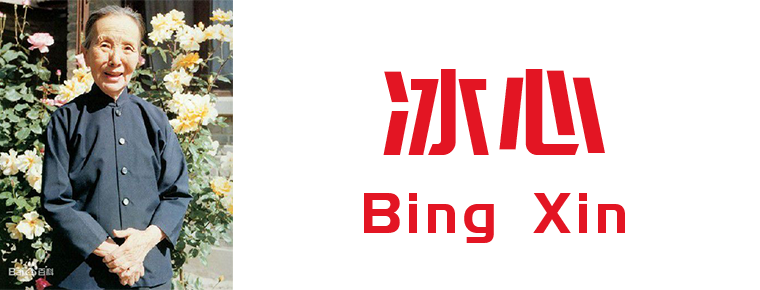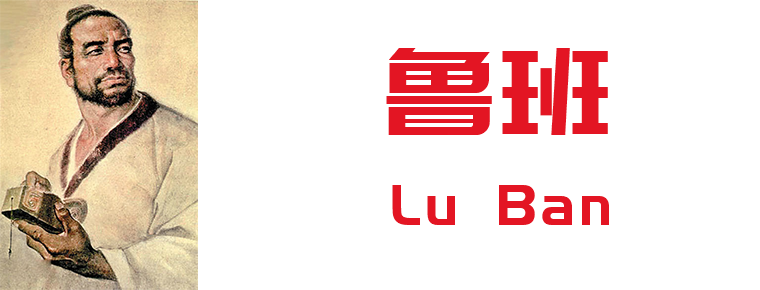Leshan climate
Leshan climate
Leshan has formed a variety of climate types under specific geographical conditions. Because the region is located near 29 ° n, the city belongs to the middle subtropical climate zone, with the characteristics of four distinct seasons, abundant rainfall, water and heat in the same season, and long frost free period. The annual average temperature is 16.5-18.0 degrees, the annual average frost free period is more than 300 days, the annual average frost days are 4.2-9.4 days, and the annual average snowfall days are only 1.0-2.7 days. It is a high-yield area of agricultural and sideline products such as rice, wheat, oil, sugar, fruit, cotton and so on. There are obvious vertical climate differences in southwest mountainous areas. From the foothills to the top of the mountains, there is a complete climate zone of middle subtropical, warm temperate, temperate and cold temperate zone. The climate conditions are very complex. It is the region for the development of comprehensive agricultural management and three-dimensional agriculture, the main production area of timber, tea, Chinese medicine and other crops, and also a valuable tourism resource. Affected by the monsoon and the uplift of the terrain, the climate is humid and the rainfall is abundant. The average annual precipitation in most areas is more than 1000 mm, Emeishan City is more than 1500 mm, only Ebian and Jinkou River are less than 1000 mm. The precipitation has seasonal changes. The rainfall in summer and autumn accounts for about 80% of the whole year, while winter and spring only accounts for 20%. The annual minimum precipitation is mostly below 900 mm, and the maximum annual precipitation in some areas is more than 2000 mm.

-
Yunya Temple Scenic Area
Yunya Temple Scenic Area is a comprehensive scenic area, which is represented by the unique Danxia landform on the Loess Plateau, and is composed of abundant forest resources.
Views: 138 Time 2018-12-22 -
Firing Techniques of Chaozhou Coloured Porcelain
In Chaozhou at the end of the Qing Dynasty, new colored pigments were used in the colored porcelain painting. Combining traditional glaze painting art with traditional Chinese painting .
Views: 234 Time 2019-04-16 -
Huai tune Huai Diao
Huai Diao, also known as Huai Diao, also known as Zhanghe Old Diao, is one of the national intangible cultural heritage..
Views: 349 Time 2019-05-04 -
Torch Festival
Torch Festival is an ancient traditional festival of the Yi, Bai, Naxi, Jinuo and Lahu nationalities. It has profound folk cultural connotations and is known as the "carnival of the East"..
Views: 265 Time 2019-05-05 -
Triple Drum Jump
Dancing three drums is a kind of opera which is popular in counties (cities) such as public security, Shitou, Jiangling and Songzi. It evolved from the funeral board and funeral drum song of sacrifici.
Views: 256 Time 2019-06-21 -
Ming opera style
On May 20, 2006, Yiyang Opera was approved by the State Council of the People's Republic of China to be listed in the first batch of national intangible cultural heritage, numbered IV-5..
Views: 164 Time 2019-07-13 -
Yongchun Paper Weaving Painting
"Yongchun County Chronicle" records: "In the early Tang Dynasty, Yongchun had the production of paper-woven paintings. Yongchun paper weaving painting features: interwoven paper marks, .
Views: 170 Time 2019-07-14 -
Cuisine Skills of Official Cuisine in Zhili
The culinary skill of official dishes in Zhili is a precious cultural heritage of Baoding ancient city. Since the Qing Dynasty and the Republic of China, official cuisine and cooking skills in Zhili h.
Views: 144 Time 2019-07-25 -
Bing Xin
Bing Xin (October 5, 1900 - February 28, 1999), female, formerly known as Xie Wanying, Changle, Fujian province (now Changle District, Fuzhou), China Association for democracy promotion ( China Associ.
Views: 159 Time 2019-09-06 -
Gong Shuban Lu Ban
Luban (507 BC - 444 BC), Lu people in the spring and Autumn period. Ji surname , a two-character surname Name, class, person. Public transport plate , Public like , Class lose It is also known as &quo.
Views: 184 Time 2019-09-07 -
Leshan economy
In 2019, Leshan's GDP will reach 186.331 billion yuan, an increase of 7.6% over the previous year in terms of comparable prices. The industrial value increased by 24.288 billion yuan, with an increase of 24.288 billion yuan in the first value, and the second.
Views: 334 Time 2020-12-17 -
Meishan scenic spot
Meishan has a long history and culture and many cultural relics. Meishan County, where the municipal government is located, has a history of 1505 years. It is a famous town of Sansu culture. There are 2 provincial cultural relics protection unit.
Views: 339 Time 2020-12-18
